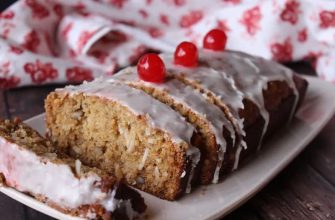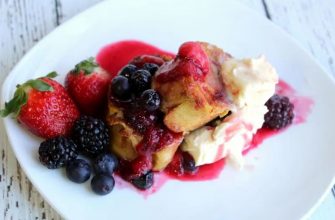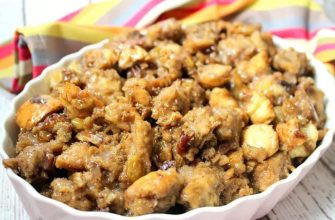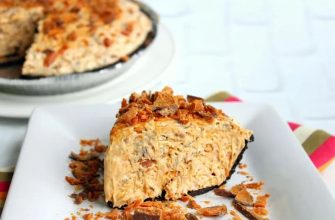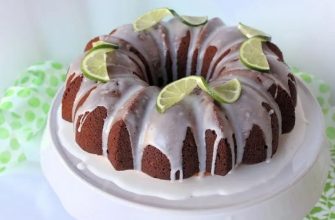- Unraveling the Secrets of Homemade Pie Crust
- Exploring Shortening and Substitutions
- Mastering Dough Transfer Techniques
- Rolling onto the Rolling Pin:
- Folding Method:
- Tailoring to Hot and Cold Pies
- Hot Pies:
- Cold Pies:
- Docking vs. Pie Weights
- Freezing and Thawing Wisdom
- To Freeze:
- To Thaw:
- Ingredients
- Instructions
- Notes:
Indulge in the addictively flaky allure of this Homemade Pie Crust—a versatile, fail-proof recipe that promises a delicate and reliable crust for your pies, be they hot, cold, or handheld delights. Whether you’re baking apple pies, savory pot pies, or delightful Pop Tarts, this crust delivers perfection every time.
Unraveling the Secrets of Homemade Pie Crust
Discover the fail-proof magic of this homemade pie crust—a culinary essential for various recipes that demand a perfect crust. Renowned for its lightness and flakiness, it seamlessly complements everything from sweet apple pies to savory pot pies. Embrace the simplicity of the recipe, and embark on a journey to create a crust that will elevate your culinary creations.
Exploring Shortening and Substitutions
Every baker has their favorite pie crust recipe, and this one proudly features shortening. Wondering about substitutions? Lard is a suitable alternative due to its 100% fat content, mimicking the qualities of shortening. However, if you opt for lard, use 2 tablespoons less for every one cup of shortening.
Can margarine or butter replace shortening? While butter is 80% fat, its water content may compromise the desired light and flaky texture. Margarine, with variable fat content, may not deliver the same results. Remember, substitutions can impact the final product, so choose wisely.
Mastering Dough Transfer Techniques
Transferring rolled dough to the pan is an art. Two techniques prove effective:
Rolling onto the Rolling Pin:
After rolling out the dough on a floured surface, gently roll it onto the rolling pin and unroll it into the pie plate. Avoid stretching the dough to fit; let it naturally settle and press down gently if needed.
Folding Method:
With cold hands, fold the top half of the dough over the bottom, creating two layers. Fold it in half again, either right or left depending on the fold. Transfer to the pie pan, unfold, and shape.
Tailoring to Hot and Cold Pies
Hot Pies:
Divide the chilled dough, rolling out half to 1/4-inch thickness for a 9-inch pie pan. If the pie is covered, repeat with the second half. Bake according to the recipe instructions.
Cold Pies:
Similar to hot pies, divide the chilled dough, rolling out half to 1/4-inch thickness for a 9-inch pie pan. Follow the cold pie recipe instructions.
Docking vs. Pie Weights
Before baking, ensure you dock the crust by poking holes with a fork. This promotes even cooking and prevents pockets or bubbles. Pie weights, an alternative, involve loosely fitting aluminum foil over the dish and weighing it down with raw rice or uncooked beans. Reserve pie weights for runny fillings, like quiches.
Freezing and Thawing Wisdom
To Freeze:
Shape the dough into a 6-inch disc, dust with flour, and wrap tightly in plastic. Freeze in a labeled and dated container or bag for up to 6 months.
To Thaw:
When ready to use, refrigerate the pie crust for 24 hours or overnight. Allow it to sit at room temperature for 15 minutes before incorporating it into your pie filling.
Ingredients
- 4 cups (500 g) all-purpose flour (625 ml)
- 1 tablespoon granulated sugar
- 1½ teaspoons kosher salt
- 1½ cups (307.5g) shortening, cubed*
- 1 large egg, beaten
- 1 tablespoon vinegar
- ½ cup (118 g) water
Instructions
- In a food processor, pulse flour, sugar, and salt until combined. Add shortening and pulse until pea-sized crumbs form.
- Transfer to a bowl and bring the dough together.
- In a small bowl, whisk egg, vinegar, and water. Pour over the dough and mix until combined. Form the dough into a disc, wrap, and chill for at least 1 hour.
- For hot pies, divide chilled dough, roll out half, and transfer to a 9-inch pie dish. Repeat if covered. Bake as per recipe instructions.
- For cold pies, follow a similar process, rolling out half of the chilled dough for a 9-inch pie pan. Continue with the cold pie recipe.
Notes:
*Cube shortening only if using solid sticks. If using a tub of shortening, like Crisco, add directly to the food processor.










